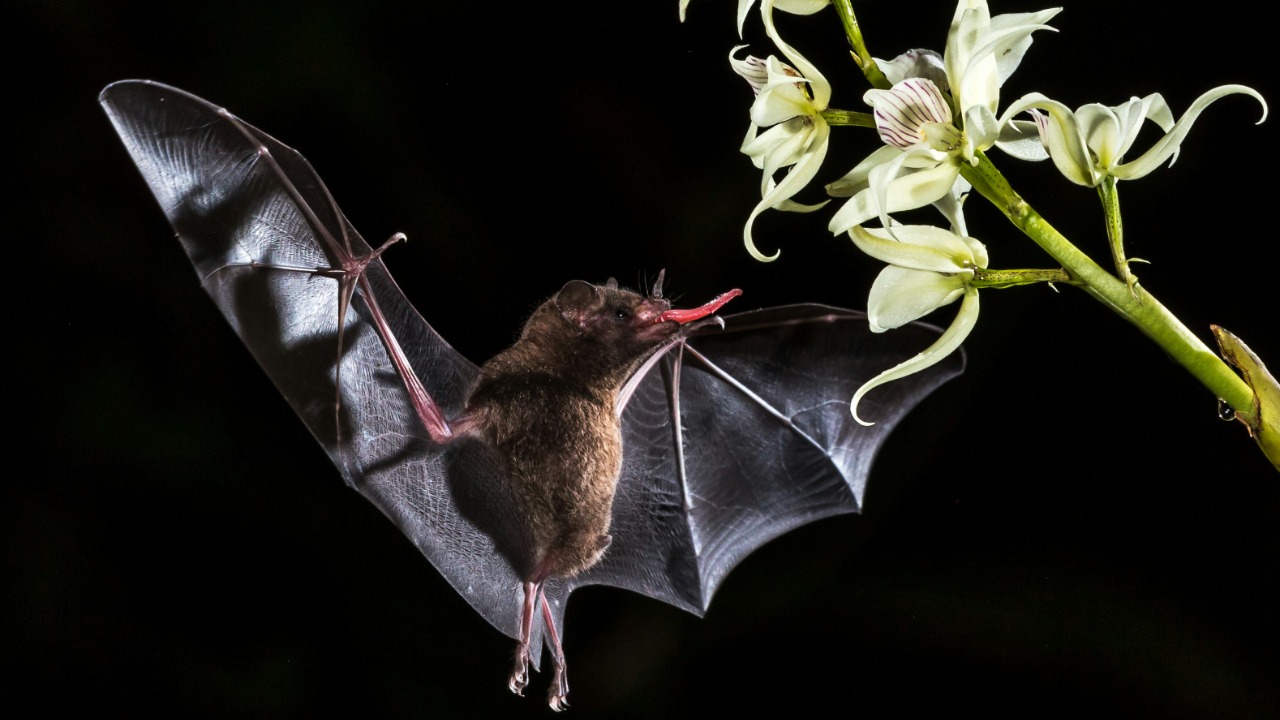
In a groundbreaking initiative, a researcher is harnessing the unique abilities of bats to develop innovative robots that mirror their appearance and behavior. This project underscores the potential of bio-inspired robotics, where natural designs inform advancements in artificial intelligence and mechanical engineering. The work has recently gained attention for its potential to address gaps in current technology.
The Researcher’s Background and Motivation
The researcher, with a strong background in both robotics and biology, has a keen interest in biomimicry. This field of study, which involves emulating nature’s time-tested patterns and strategies, led the researcher to explore the potential of bat-inspired robotics. Bats were chosen as a model due to their exceptional agility and sensory adaptations, which could significantly enhance robot performance in complex environments.
According to the researcher, building robots that look and act like bats could address several limitations in current technology. For instance, the ability of bats to navigate in complete darkness using echolocation could be leveraged to improve robotic navigation in low-light or cluttered environments.
Key Features of Bat Anatomy in Robot Design
The robots are designed to replicate key features of bat anatomy. For instance, the structure of bat wings, which allows for highly dynamic flight and maneuverability, is incorporated into the robot design. This enables the robots to perform complex aerial maneuvers that are currently challenging for conventional drones.
Furthermore, the robots are equipped with sensory systems that mimic bat echolocation mechanisms. These systems allow the robots to detect and avoid obstacles, even in complete darkness. Material choices for the robots also draw inspiration from bats, with lightweight materials used to mimic the efficiency of bat bones and fur.
Programming Bat-Like Behaviors
The robots are programmed to exhibit behaviors similar to those observed in bat colonies. Algorithms have been developed to enable the robots to perform swarming and foraging actions. The integration of artificial intelligence allows for real-time decision-making, drawing from observed bat social interactions.
During testing phases, the robots have demonstrated bat-like actions in simulated habitats. These tests have provided valuable insights into the potential applications of bat-inspired robotics.
Technical Challenges in Development
Developing bat-inspired robots has not been without its challenges. One of the major engineering hurdles has been scaling bat-inspired flight to durable robotic frames. Additionally, power management has been a significant issue, with the need for sustained echolocation and movement posing challenges for battery life.
Despite these challenges, iterative prototypes and failures have played a crucial role in refining the bat-mimicking robots. Each iteration has brought the project closer to its goal of creating practical, bat-inspired robots.
Potential Applications in Real-World Scenarios
The potential applications of bat-inspired robots are vast. In search-and-rescue operations, for instance, the robots’ bat-like navigation abilities could prove invaluable in dark or cluttered spaces. The robots could also play a role in environmental monitoring, tracking wildlife or pollution with their agile, low-impact design.
Other potential applications include defense and agriculture. The robots’ swarm behaviors could be leveraged for surveillance purposes, while their ability to navigate complex environments could be used for crop inspection.
Ethical and Future Considerations
While the potential benefits of bat-inspired robots are significant, there are also ethical considerations to take into account. For instance, the ecological impacts of deploying bat-like robots in nature need to be carefully assessed. There is also the question of how these robots might interact with actual bats and other wildlife.
Looking to the future, the researcher believes that this work could inspire hybrid human-robot systems. With the right funding and collaboration, development could accelerate in the wake of the recent coverage. As we continue to learn from nature, the possibilities for bio-inspired robotics seem almost limitless.
More from MorningOverview